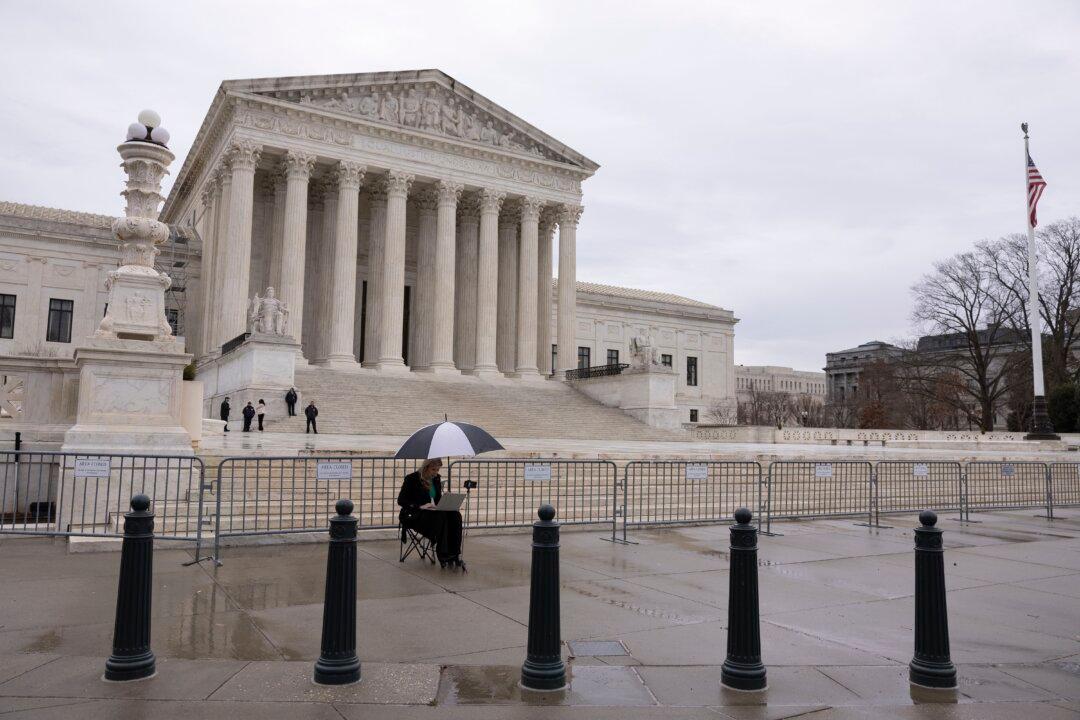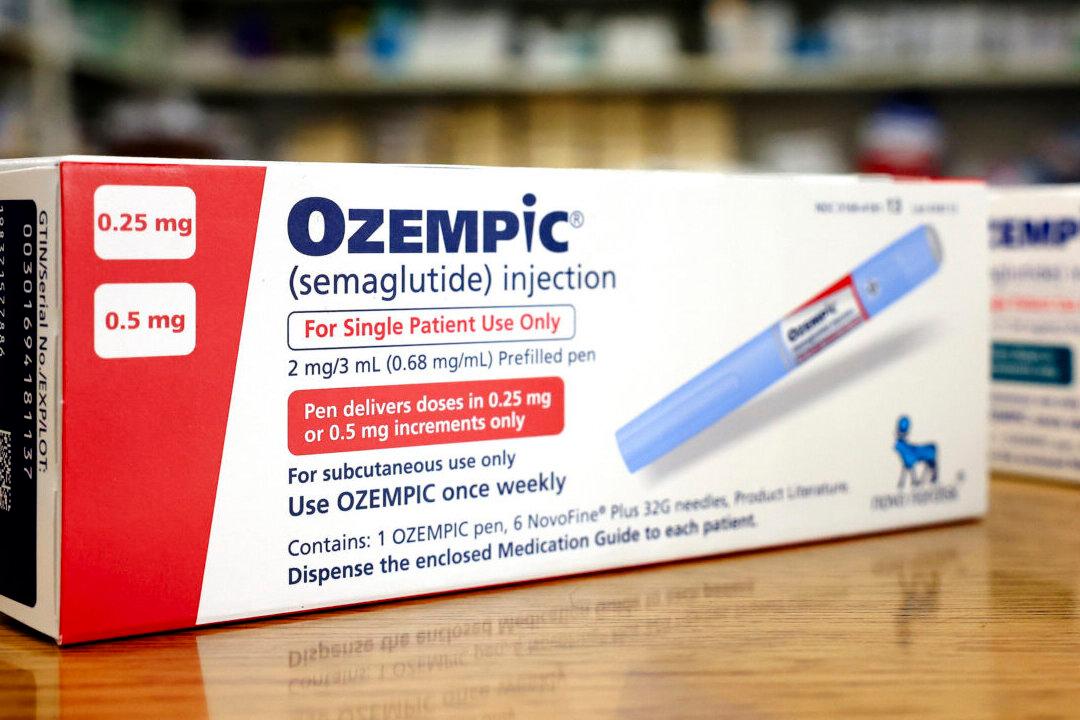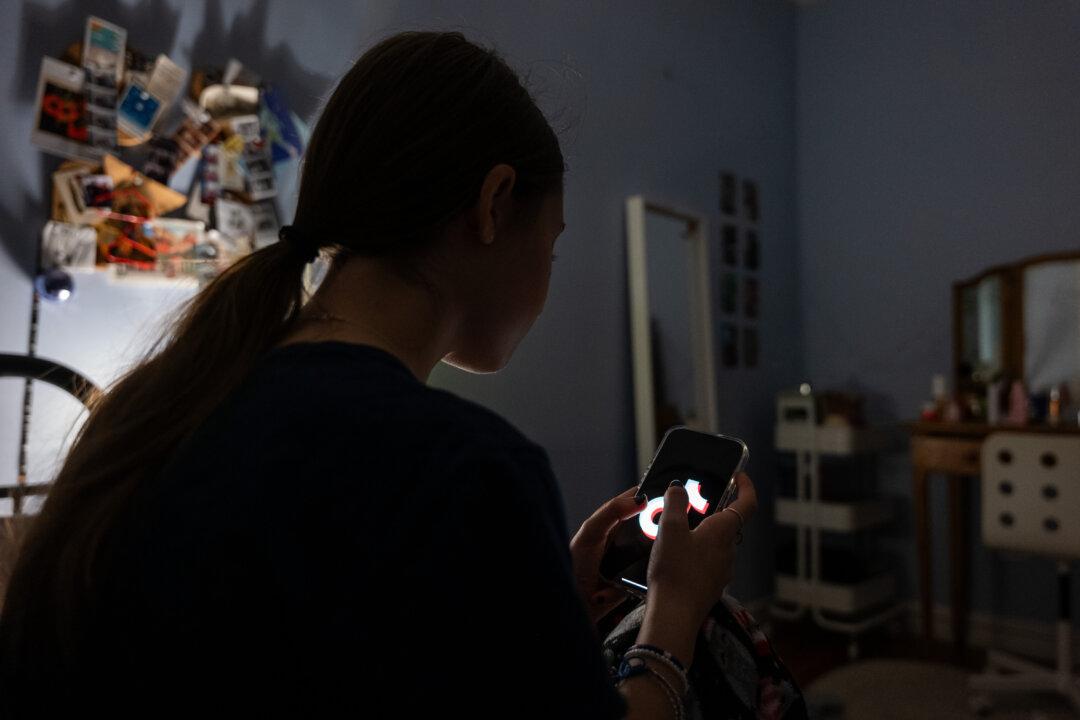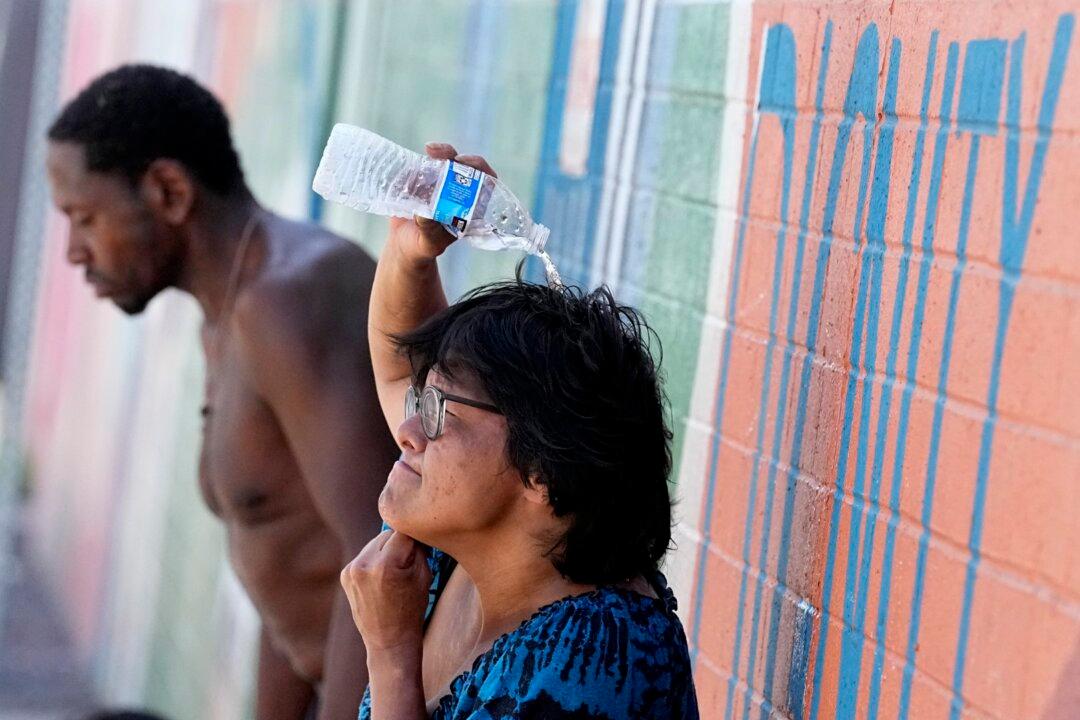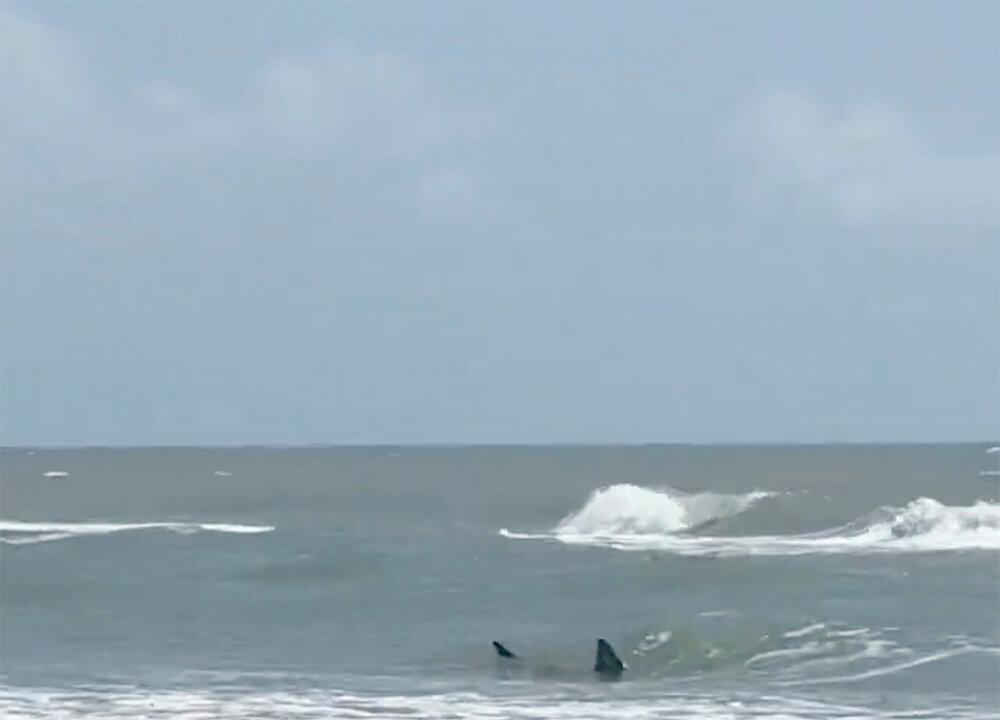On Tuesday, Feb. 28, the United States Supreme Court heard oral arguments for and against the Biden administration’s contested student loan forgiveness program.
As previously reported by The Epoch Times, the Biden administration announced its three-pronged Student Debt Relief program in a Fact Sheet on Aug. 24, 2022, just a little over two months before the Nov. 8, 2022, midterm elections.
